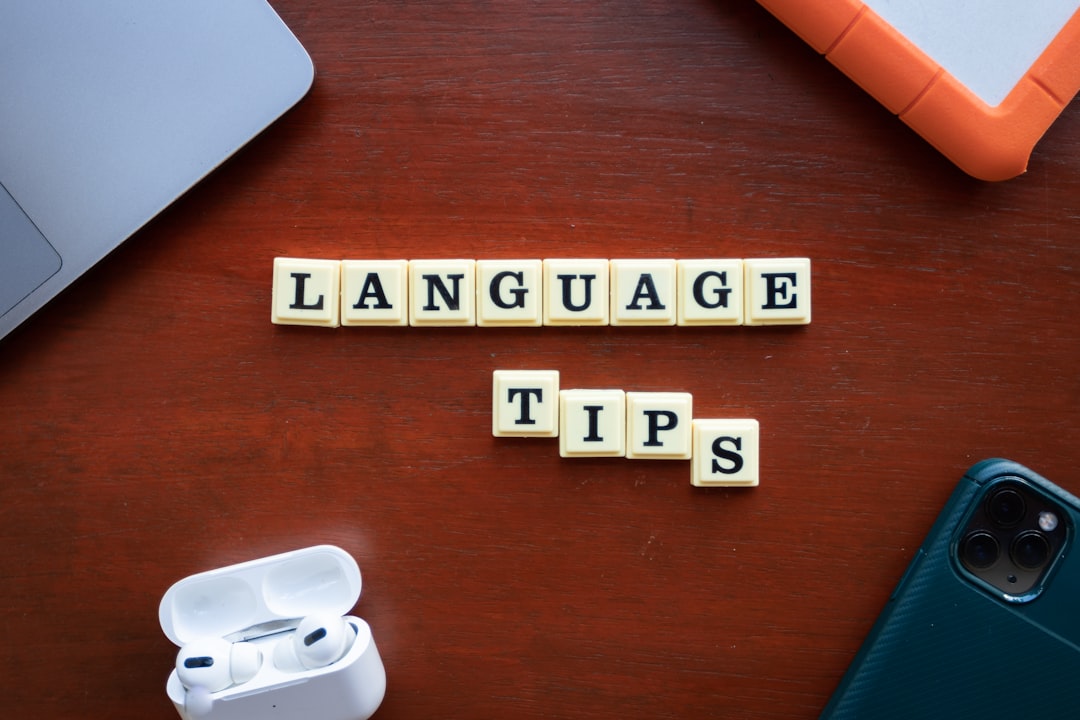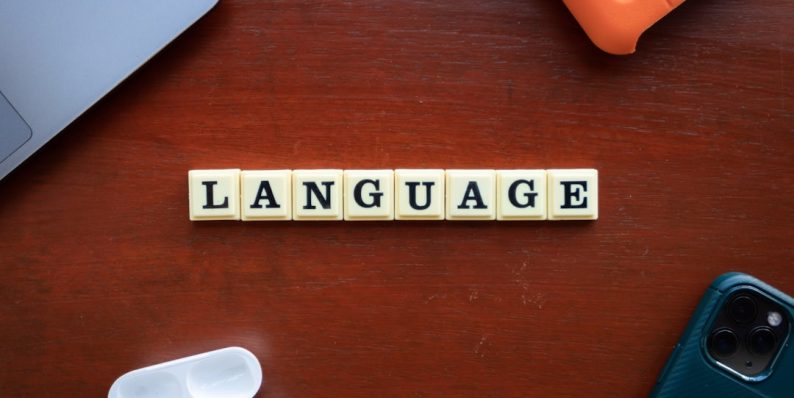Microsoft Bing Translator vs Google Translate: Which Is Better?
Language translation has become an essential service in today’s globalized world, helping individuals and businesses overcome language barriers with ease. Among the numerous tools available, Google Translate and Microsoft Bing Translator stand out as two of the leading platforms. Both offer real-time translation capabilities and support for dozens of languages, but how do they truly compare in terms of features, accuracy, usability, and more? Let’s delve into a detailed comparison to determine which service may better suit your needs.
Overview of Google Translate
Google Translate was launched in 2006 and has since become a widely-used tool for personal and professional translation. With its powerful neural machine translation (NMT) engine, it provides translations in over 130 languages. Google continuously improves the tool, often leveraging user feedback and contributions from its community to refine language models.
Overview of Microsoft Bing Translator
Microsoft’s translation tool, also known as Microsoft Translator or Bing Translator, operates across multiple platforms including web applications, mobile devices, and even integrates with Office products like Word and PowerPoint. Microsoft Translator supports around 100 languages and provides additional capabilities like real-time conversation translation and language detection.
Interface and Usability
One of the first things users notice about translation tools is their interface. Here’s how Google Translate and Bing Translator stack up:
- Google Translate: Features a simple, clean design. Users can input text, upload documents, speak sentences, or even draw characters for certain languages. The mobile app is equally user-friendly, offering offline translations and the ability to translate text from images using the camera.
- Microsoft Bing Translator: Offers a modern interface as well, though slightly more corporate in design. It also supports live translation features, and in the mobile app, users can scan text or engage in multi-person conversations with shared connection codes.
Overall, both services are intuitive, but Google’s extensive integration with other services like Chrome and Google Docs gives it an edge in everyday usability.
Translation Accuracy
Accuracy in translation varies depending on the language pair and the context of the content. Both Google and Microsoft use neural machine translation, which is a significant advancement over older phrase-based models. But accuracy still remains subjective.
In general:
- Google Translate tends to provide better results for widely spoken languages such as Spanish, French, Chinese, and Portuguese. It also handles casual and creative expressions more naturally, likely due to its training on large web corpora.
- Microsoft Bing Translator often excels in more technical or formal translations, especially when used within a business context. Its integrations with Office apps enhance its usefulness for professional documents.
Interestingly, when it comes to rare language pairs or corporate communication, Bing may outperform Google. However, for everyday use, Google Translate generally has the upper hand.

Language Support
Language diversity is crucial for users who interact with multiple regions or wish to learn new languages. Here’s a quick comparison:
| Feature | Google Translate | Microsoft Bing Translator |
|---|---|---|
| Number of Supported Languages | 130+ | 100+ |
| Offline Language Packs | Yes | Yes |
| Auto-Detection | Yes | Yes |
| Transliteration | Yes | No |
Although both services provide strong language support, Google has a slight lead in terms of diversity and breadth. Its transliteration feature, which helps users read languages written in unfamiliar alphabets, is a particularly useful addition that Bing Translator lacks.
Features and Add-Ons
Most users stick to simple text translation, but both platforms offer a rich set of features beyond basic capabilities. Here are some standout functionalities:
Google Translate Features:
- Website Translation: Input a URL, and Google Translate will render the entire site in your target language.
- Camera Input: Use your camera to translate foreign text in real-time — especially useful for signs and menus while traveling.
- Phrasebook: Save useful phrases for later use or review.
- Handwriting Recognition: Insert text by drawing characters, ideal for Asian languages.
Microsoft Bing Translator Features:
- Live Conversation Mode: Create a conversation and allow multiple users to join in their own language with real-time translation.
- PowerPoint Translator Add-in: Translate slides and present in real-time to multilingual audiences.
- Speech Recognition: Translate spoken words and listen to the pronunciation.
- Integration with Microsoft Products: Seamless integration with tools like Outlook, Skype, and Teams.
While both providers offer text-to-speech and voice inputs, Microsoft puts more emphasis on collaborative, real-time translation features, making it a great asset for professional settings.
Mobile App Capabilities
In today’s mobile-first world, the capability of these services on smartphones is crucial. Both apps are available on Android and iOS platforms.
- Google: The mobile app for Google Translate acts almost like a personal interpreter. Its camera translation, voice input, offline functionality, and support for handwriting input are incredibly polished.
- Microsoft: Excel in live conversation translations, particularly helpful in group travel or business meetings. The app also supports camera text translation, although the feature is slightly more limited than Google’s version.
For casual travelers or language enthusiasts, Google’s app provides an all-in-one experience. For professionals, however, Microsoft’s mobile tools are functionally rich and collaborative.
Privacy and Security Considerations
In terms of security, both Google and Microsoft stress their compliance with data protection laws like GDPR. However, key differences exist:
- Google Translate: May retain translation queries to improve its models unless users are logged out or in incognito mode. This could pose a concern for sensitive data.
- Microsoft Bing Translator: Offers stronger privacy options for enterprise users, including the ability not to store translated data when using the enterprise version—ideal for businesses with confidentiality concerns.
When privacy is the top priority, especially in enterprise contexts, Microsoft offers more robust policies and user controls.
Which One Is Better?
The “better” translation tool really depends on the context of your use:
- If you’re a tourist or student looking for quick, simple translations in various environments, Google Translate’s range of features and user-friendly design may be best.
- If you’re a business professional working with presentations, live meetings, or confidential documents, Microsoft Bing Translator—especially its enterprise tools—could serve your needs better.
Don’t forget personal preferences also play a role. Trying out both tools on a few translation tasks can help you decide which matches your workflow.

Final Thoughts
Both Microsoft Bing Translator and Google Translate are powerful tools pushing the boundaries of multilingual communication. Google shines in its consumer-friendly approach and broad language support, while Microsoft excels in business integrations and privacy features. Fortunately, both are free to use and easily accessible, so there’s nothing stopping you from exploring the best of both worlds when needed.
Ultimately, the winner isn’t a clear-cut matter—it’s about what suits your language translation needs best. Whether you’re ordering food abroad, collaborating with a foreign partner, or trying to decode a foreign website, one of these tools will have you covered.
- Top 8 Emerging DeFi Compliance & AML Tools Compliance Officers Use to Screen On-Chain Activity Without Full Enterprise Spend - December 13, 2025
- How to Get Facebook Messenger Working Again When It Keeps Closing on Launch — The Fix That Restored Chat Access - December 12, 2025
- Why TikTok Notifications Stop Working After App Update and the Reset That Reactivated Alerts for Creators - December 12, 2025
Where Should We Send
Your WordPress Deals & Discounts?
Subscribe to Our Newsletter and Get Your First Deal Delivered Instant to Your Email Inbox.



